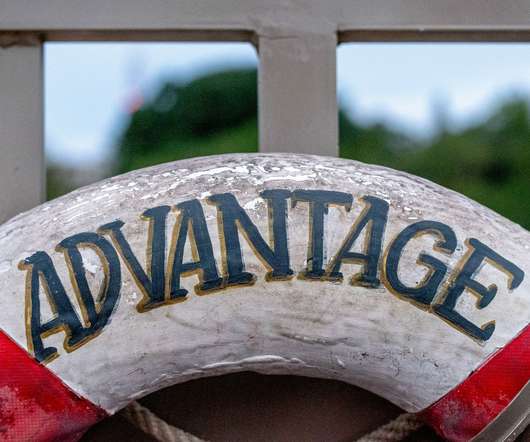Put A Coin In It! Invest In Early Stage Startups To See Maximum ROI
YoungUpstarts
NOVEMBER 27, 2018
Investing has always (and will always) come with a long laundry list of liabilities that can deter even the most experienced investors from making a generous contribution to a startup or early-stage company they believe in. The technology that powers up any developing start-up or company is the foundation of its projected success.
































Let's personalize your content